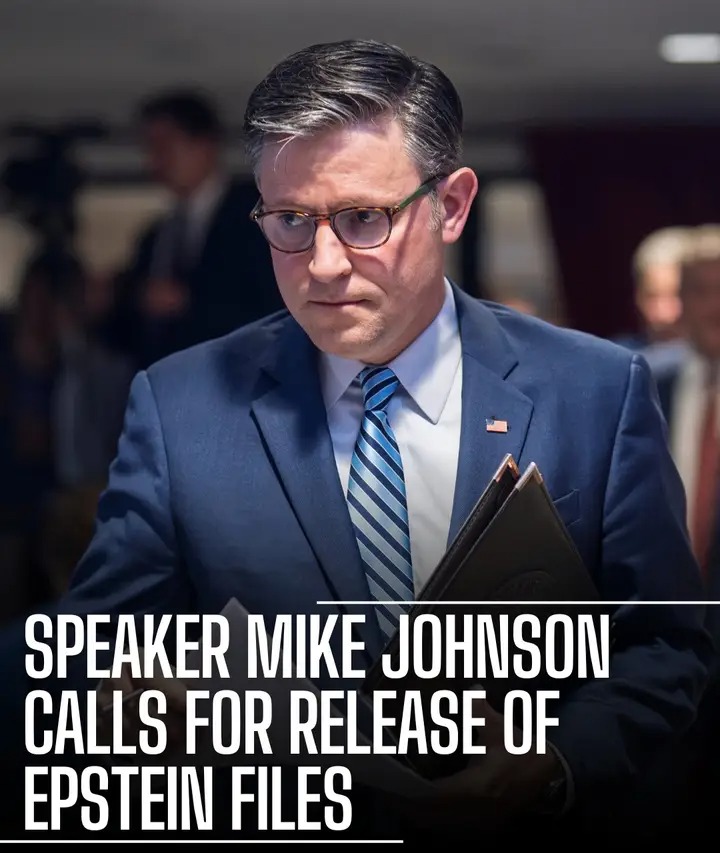In recent days, tensions have risen at the University of Washington as members associated with Antifa have reportedly set fires and taken control of parts of the campus. Eyewitnesses describe scenes of chaos, with protesters lighting small fires, blocking access points, and displaying banners promoting their cause. While demonstrations are not new to the area, the scale and aggression of this particular wave have left students and faculty members alarmed. The university, known for its commitment to free expression and social activism, is now facing scrutiny over its ability to maintain a safe and functional learning environment.
The most concerning aspect of this situation is the near-total absence of police intervention. Despite clear disruptions to campus operations and potential threats to public safety, there has been little visible law enforcement presence. Many are left wondering why there hasn’t been a stronger response. Some speculate that local authorities are choosing to avoid escalation, while others believe it reflects a broader pattern of selective enforcement in politically charged environments. Regardless of the reasoning, the lack of a coordinated response has only deepened concerns among students, parents, and faculty.
Reports from students indicate that campus facilities have been compromised in some areas. Classes have been canceled or relocated, and some students feel unsafe walking through certain parts of the university grounds. Faculty members have also raised their voices, with some calling for immediate action to restore order and ensure the safety of everyone on campus. The administration has released only brief statements, urging calm and promising to monitor the situation, but critics argue that more decisive leadership is needed during times of crisis.
Community members and local residents have also taken note of the unfolding events. For a city that prides itself on civic engagement and progressive ideals, the current scenario is prompting difficult questions. How can public institutions balance the right to protest with the need for safety and stability? What role should law enforcement play when civil unrest overlaps with academic spaces? These are not easy questions, but they are ones that Seattle may soon have to confront more directly if the unrest continues.
The events at the University of Washington serve as a stark reminder of how quickly order can give way to disorder when key institutions are slow to act. While peaceful protest is a vital part of any democratic society, the line between activism and disruption is not always clear. As the situation continues to unfold, students, educators, and the broader public will be watching closely, hoping for a resolution that honors both safety and the freedom of expression.



